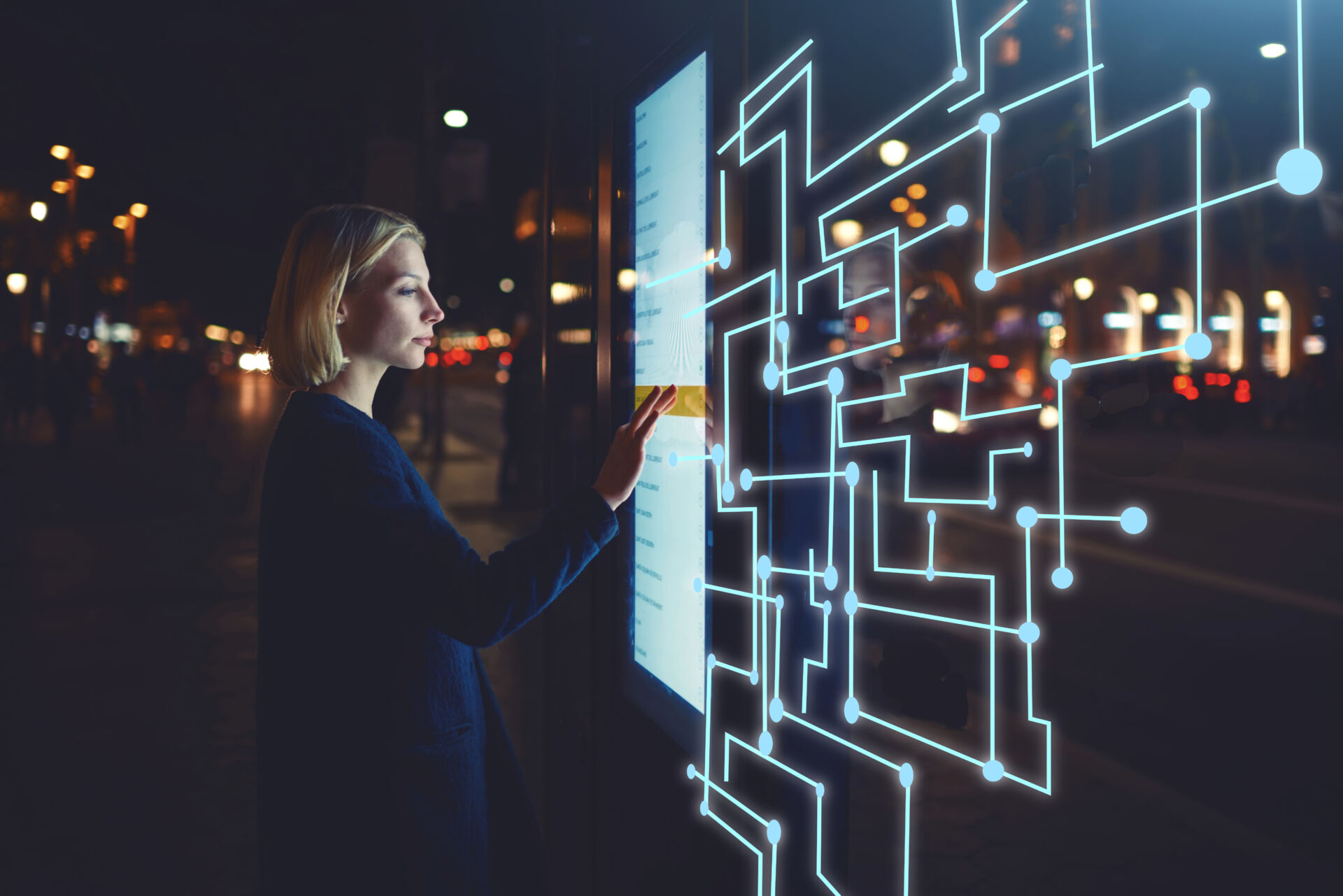As technology continues to evolve, cyber threats are becoming more sophisticated, and organisations are struggling to keep up. Cybersecurity has become one of the most critical concerns for businesses today, and traditional methods of securing networks and data are no longer enough. This is where Artificial Intelligence (AI) comes in. AI technology has revolutionised the cybersecurity industry, providing advanced threat detection and prevention capabilities, incident response and recovery, and much more. In this article, I will explore the benefits of using AI in cybersecurity, its limitations and challenges, and best practices for implementing AI in cybersecurity.
Understanding AI technology in the cybersecurity industry
AI technology is defined as the ability of machines to perform tasks that typically require human intelligence, such as reasoning, learning, and perception. In the cybersecurity industry, AI is used to automate security processes and provide advanced threat detection and prevention capabilities. AI technology has the ability to learn from past incidents and make predictions based on that knowledge, which makes it a valuable tool in the fight against cyber threats.
There are various types of AI technologies used in cybersecurity, such as machine learning, natural language processing, and deep learning. Machine learning allows AI to learn from data and make predictions based on that data. Natural language processing is used to extract meaning from text, and deep learning is used to identify patterns in data. These technologies are used to create AI-powered cybersecurity solutions that can identify and mitigate cyber threats in real-time.
Benefits of using AI in cybersecurity
The benefits of using AI in cybersecurity are numerous. One of the main benefits is the ability to automate security processes, which reduces the workload of security analysts and enables them to focus on more critical tasks. AI-powered cybersecurity solutions can also identify and mitigate threats in real-time, which reduces the time it takes to detect and respond to cyber incidents. This can help organisations to prevent data breaches and minimise the impact of cyber attacks.
Another benefit of using AI in cybersecurity is the ability to learn from past incidents and make predictions based on that knowledge. This enables organisations to identify potential threats before they occur and take proactive measures to mitigate them. AI technology can also be used to identify patterns in data, which can help organisations to identify and mitigate new and emerging threats.
AI-powered cybersecurity tools and solutions
AI-powered cybersecurity tools and solutions are becoming increasingly popular. These solutions use AI technology to automate security processes and provide advanced threat detection and prevention capabilities. Some of the most popular AI-powered cybersecurity solutions include:
- Endpoint Detection and Response (EDR): EDR solutions use AI technology to detect and respond to cyber threats on endpoints such as laptops, desktops, and mobile devices. These solutions can identify and mitigate threats in real-time, reducing the time it takes to detect and respond to cyber incidents.
- Network Traffic Analysis (NTA): NTA solutions use AI technology to monitor network traffic and identify potential threats. These solutions can identify anomalous network behaviour and alert security analysts to potential threats.
- User and Entity Behaviour Analytics (UEBA): UEBA solutions use AI technology to monitor user behaviour and identify potential threats. These solutions can identify anomalous user behaviour and alert security analysts to potential threats.
AI-based threat detection and prevention
AI technology is particularly useful for threat detection and prevention. AI-powered cybersecurity solutions can identify potential threats before they occur, enabling organisations to take proactive measures to mitigate them. AI technology can identify patterns in data, which can help organisations to identify and mitigate new and emerging threats.
One of the main challenges of threat detection and prevention is the sheer volume of data that needs to be processed. AI technology can automate this process, enabling organisations to identify and mitigate threats in real-time. This reduces the time it takes to detect and respond to cyber incidents, which can help organisations to prevent data breaches and minimise the impact of cyber attacks.
AI’s role in incident response and recovery
AI technology is also useful for incident response and recovery. AI-powered cybersecurity solutions can identify and mitigate threats in real-time, reducing the time it takes to detect and respond to cyber incidents. This can help organisations to prevent data breaches and minimise the impact of cyber attacks.
AI technology can also be used to automate incident response processes, which reduces the workload of security analysts and enables them to focus on more critical tasks. This can help organisations to respond to cyber incidents more quickly and effectively.
Challenges and limitations of AI in cybersecurity
While AI technology has many benefits for cybersecurity, there are also some challenges and limitations. One of the main challenges is the lack of transparency in AI algorithms. This can make it difficult for security analysts to understand how AI-powered cybersecurity solutions are making decisions.
Another challenge is the potential for AI-powered cybersecurity solutions to generate false positives. This can lead to security analysts wasting time investigating false alarms, which can be a significant drain on resources.
Finally, AI technology is only as good as the data it is trained on. If the data is biased or incomplete, AI-powered cybersecurity solutions may not be as effective as they could be.
Best practices for implementing AI in cybersecurity
To overcome the challenges and limitations of AI in cybersecurity, it is important to follow best practices for implementing AI-powered cybersecurity solutions. Some of the best practices include:
- Ensuring transparency: It is important to ensure that AI algorithms are transparent, so that security analysts can understand how AI-powered cybersecurity solutions are making decisions.
- Training AI on quality data: To ensure that AI-powered cybersecurity solutions are effective, it is important to train them on quality data that is not biased or incomplete.
- Combining AI with human expertise: While AI-powered cybersecurity solutions can automate many security processes, it is still important to combine AI with human expertise to ensure that all potential threats are identified and mitigated.
Future trends and advancements in AI-powered cybersecurity
The future of AI-powered cybersecurity looks promising. As AI technology continues to evolve, cybersecurity solutions will become more sophisticated and effective at identifying and mitigating cyber threats. One of the most significant advancements in AI-powered cybersecurity is the use of AI to automate incident response processes. This will enable organisations to respond to cyber incidents more quickly and effectively, reducing the impact of cyber attacks.
Another significant trend in AI-powered cybersecurity is the use of AI to identify and mitigate threats in cloud environments. As more organisations move their data and applications to the cloud, the need for advanced cloud security solutions will continue to grow.
Conclusion
In conclusion, AI technology has revolutionised the cybersecurity industry, providing advanced threat detection and prevention capabilities, incident response and recovery, and much more. While there are some challenges and limitations to using AI in cybersecurity, following best practices for implementing AI-powered cybersecurity solutions can help organisations to overcome these challenges. The future of AI-powered cybersecurity looks promising, with advancements in AI technology enabling organisations to respond to cyber incidents more quickly and effectively, and providing advanced security capabilities for cloud environments. To learn how VITG can help you with your cybersecurity needs, get in touch with us today.



